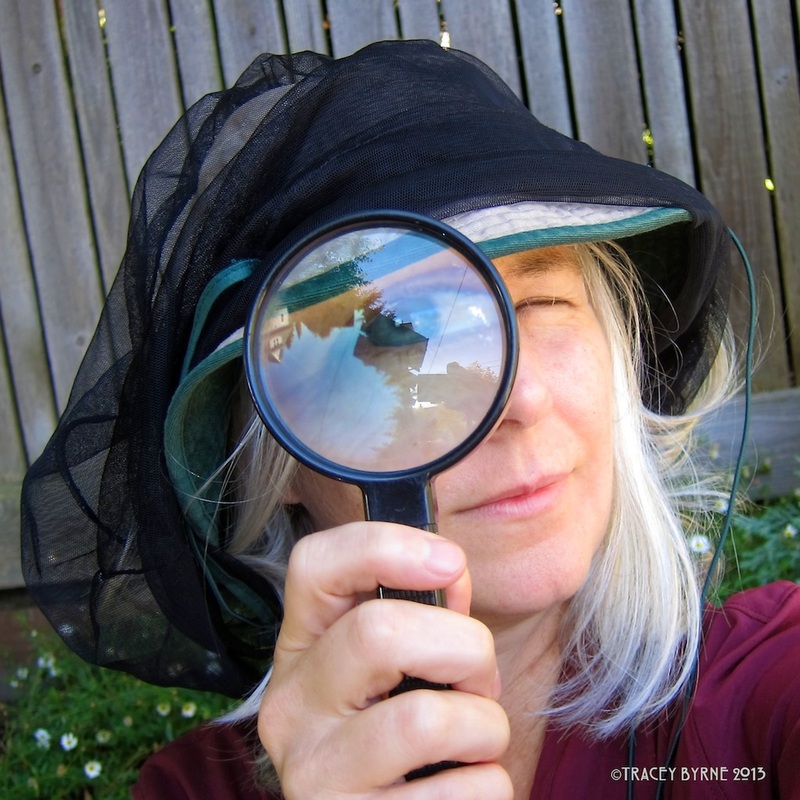On the other side of the house: we are enjoying our upgraded fire pit and pizza oven and this marks the end of our asparagus season.
|
We installed a nucleus hive on May 11th and these bees have settled right in; they came with five frames of brood and honey--and as you can see went straight to work building out comb in their new digs. Checked the hives May 25th and added a second super to both. Lots of rain, but they have already put up lots of nectar with capped honey and tons of pollen coming in.
On the other side of the house: we are enjoying our upgraded fire pit and pizza oven and this marks the end of our asparagus season.
0 Comments
We purchased bees this spring from Rainy Day Bees in Shoreline. Peter and Amy Beth are passionate about their bees and we were thrilled to meet up with them. We hived two packages of bees Tuesday evening and Wednesday morning it appeared that they were both settling into their new homes with bees Nasanoving on both hives and taking orientation flights; but, by the end of the day, one of the hives was empty. What? Dang! Absconded. Though we hope a neighbor will alert us to a swarm, we will be picking up a nucleus hive (5 frames of bees, brood, and a laying queen) in early May to fill our abandoned hive. The bees are gentle Golden West Italians and so far they are loving the rosemary and bringing in loads of white pollen. We are augmenting their efforts with sugar and pollen patties as well. Looking forward to this! Cut-comb honey from a previous year...Cheers!
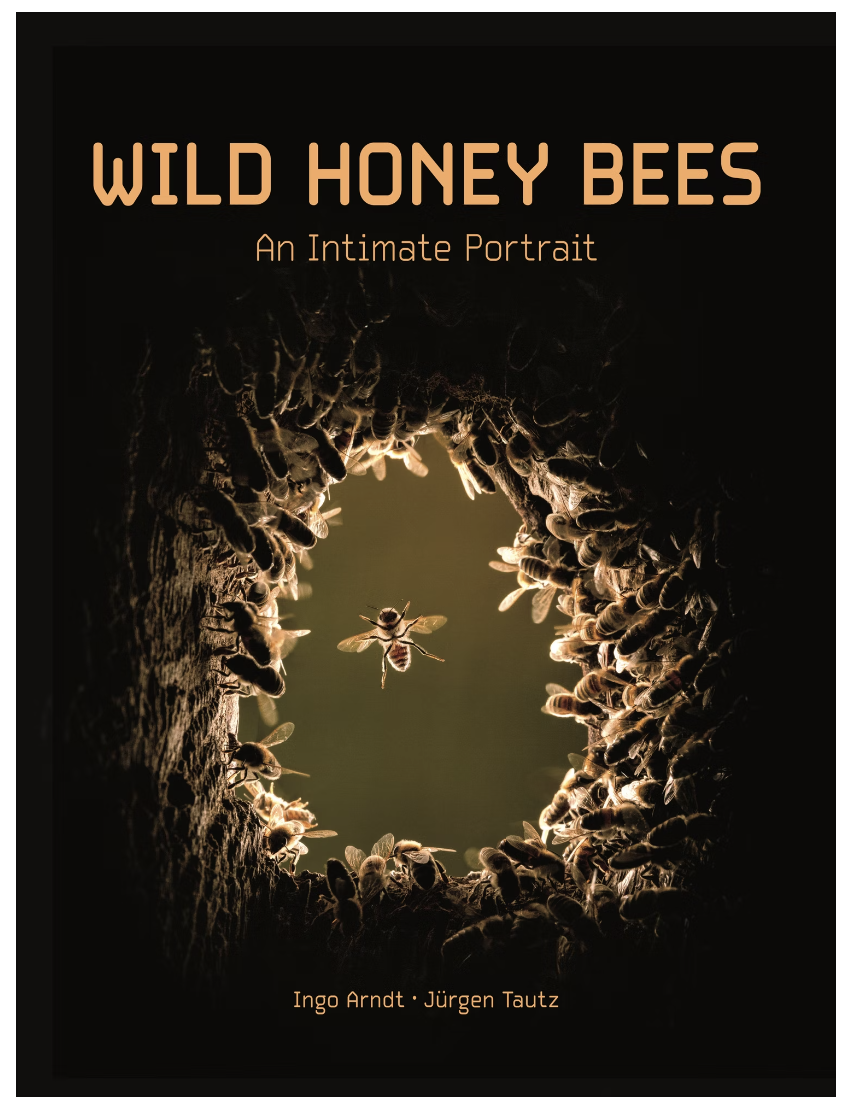 Nature Photo Book pick: WILD HONEY BEES by Ingo Arndt and Jurgen Tautz. Dive into the biodiversity of a healthy forest hive. The images are absolutely breath-taking. For beekeepers and beepeekers alike. Scientific Inquiry: If you ever wondered about the honeybee "dance language" hypothesis, you need to read this wonderfully readable and thoroughly researched book.
To feed or not to feed? That is the question... our bees were flying on a sunny day in the first week of February; I opened our Sweinty hive and looked through the handy acrylic cover and saw that it looked like our bees had made it through the winter and they appeared to be strong and active. The trouble is--how to keep them that way through our wet and cold Seattle spring weather? This year I decided to try the dry sugar feeding method and followed Michael Bush's advice. On Feb 8, I placed newspaper on top of the frames and covered it with dry white sugar. The moisture from the hive quickly saturated the sugar and the bees began to use it. Twenty days later, on February 26, most of the sugar had disappeared=another dose of dry sugar. Twelve days later, on March 9 the bees had moved all the sugar! Another cup of sugar... Just one week later, March 15, that sugar was gone--today I replaced the newspaper and gave them another large dose. Michael Bush says that they'll use it if they need it, otherwise ignore it.
In addition to the sugar, the bees are bringing in boatloads of pollen which means that they are busy making bee bread and feeding the new bees. We have seen several sunny morning orientation flights, so that's promising. We've been waiting for a sunny and calm morning to do our inside the hive inspection (and for me to model my new beesuit :^) Today was perfect with morning temperatures in the mid-60s. We gave the hive entrances a few puffs of sage smoke to keep the bees calm. Our goal was to make sure that the brood comb and honeycomb were being drawn out straight and also to make sure that the queens were laying both worker and drone brood. Everything looked good: lots of brood and lovely drawn honeycomb. Can you spot the baby bee? Bonus image: the day after we hived our second swarm we noticed freshly excreted wax under the hive; it looked like a pile of ice chips. Before swarming the bees the bees load up on honey so they are ready to draw comb when they find a new home. Apparently, they couldn't harvest it fast enough! This little pile fell through our bottom board which was why we could see it.
Bee Image from Flow Hive Forum We are once again hosting bees! We hived a swarm captured from a neighbor's tree on April 30th, and hived our second swarm two weeks later-delivered by our friend Marvin. We are using our Danish Sweinty Langstroth Polyhives this year and so far our bees seem to be very happy with their new homes. This week we are seeing thousands of bees each afternoon doing their orientation flights. I decided it was time to reacquaint myself with the Life Cycle of the Honey Bee, and here is what I found out about worker bees. Click the link to read about queens and drones :^) Life Cycle of the Honey Bee
The lifecycle of a honey bee consists of three main stages: the larval, pupal, and adult stages. Within a normal hive situation, a single queen bee lays fertilized and unfertilized eggs. Fertilized eggs can hatch worker and queen bees, unfertilized eggs hatch drone bees. Eggs hatch after about 3 days, but development rates and processes vary among bees within the hive, as well as between species in the genus Apis. Worker Bees Worker bees are female bees that hatch from a fertilized egg. After hatching, the bees spends an average of six days in the larval stage. During the first few days larvae are mass-fed a compound known as “worker jelly” or “brood food”- a mixture of fluids produced by the hypopharyngeal food glands and the mandibular glands of adult worker bees. Larvae are fed between 150-800 times per day for up to three days before the diet is changed to a less rich content and less frequent feeding schedule. During the larval stage fat bodies are built up that are able to store lipids, glycogen, amino acids, and mitochondria bodies for later use in the pupal stage. After eight or nine days, the brood cells are capped and the larvae molt. They begin to spin a cocoon with silk produced from thoracic salivary glands, this marks the beginning the pupal stage. The pupal stage is when most parts of the adult bee form; the wings, legs, abdomen, internal organs, and muscles. Pupae draw upon the stores of the fat bodies built up during the larval stage during this period of growth. Stored lipids, amino acids, and glycogen fuel the continued growth of the developing pupa. After about 20 to 21 days, the pupa chews through the brood cell cap and emerges as a teneral or callow bee. These newly hatched bees do not leave the cell for three to four hours, as they have a soft skin, or cuticle, that takes time to harden. Once emerging from the brood cell, bees must feed within a few hours. Without the bacteria and proteins that ingesting pollen brings, the development process and lifespan of the bee can be threatened. Young bees spend the first one to three weeks of their lives carrying out functions within the hive. These tasks include feeding and cleaning larvae, cleaning the hive cells, building comb, guarding, patrolling, accepting pollen from foragers, storing, curing, and packing pollen, and more. After about three weeks the glands that produce larval food and wax begin to degenerate. The bee moves from the brood nest and begins integration into the life of a forager. Worker bees typically live 15-38 summer days. In the winter, changes in the bees anatomy- specifically well-developed hypopharyngeal glands and an increased supply of fat bodies, enable worker bees to live 140-320 days. ~from Evergreen's The Terroir of Honey, Spring 2016 ©Roland Sachs Pseudoscorpions. Book Scorpions. Chelifer Cancroides ...are tiny arachnids, not scorpions at all!... but they have cool pincers and they prey on the larvae of clothes moths, carpet beetles, booklice, ants, and varroa mites. What's not to love? It all started with a conversation in a beekeeping forum concerning the problem of varroa mites, and wondering if there were natural, non-chemical methods (besides hosting foundationless hives*) that might be employed to lessen the varroa mites' impact on a hive. Our question led us to two beekeeping researchers who are working with restoring a beehive's ecosystem by reintroducing pseudoscorpions into the mix to create a more diverse and healthy hive habitat. In my first foray into the world of the pseudoscorpion, I found Torben Schiffer and his website beenature-project though this article (written in English, rather than German). In a nutshell: "Bees and pseudoscorpions have cohabited in hives for thousands of years, but toxic chemicals used in beekeeping have nearly eradicated the 'little insect with the tooth of poison.’ Torben’s mission is to restore the natural symbiosis between the two species in order to control the new unwelcome member of the triangle, the varroa mite." Torben's research partners are teens from the Hamburg school where he teaches biology :^) Further sleuthing led me to the work of Roland Sachs, who also has an interest in restoring healthy hive ecosystems through natural beekeeping methods. He has been exploring hive construction and alternative methods of keeping honeybees. Sachs states: "The book scorpion’s potential is enormous. Though it is not the cure for the various problems of honey bees and modern beekeeping it can – in a suitable habitat (geometry & properties of hollow trees) and within the scope of natural beekeeping (no acids/chemistry, low honey extraction, swarming, etc.) – effectively combat the parasites. Not only the Varroa mite is on its menu. It will also suck out bee lices, small hive beetles, and wax moths with pleasure. Having book scorpions within bee hives signals natural beekeeping and an intact hive climate. Integrating it into your bee hives unfortunately cannot be the first step towards successful beekeeping without acids and chemistry. On the contrary its successful settlement can only be the result of a species-appropriate beekeeping, since book scorpions are very sensitive they will quickly leave an unsuitable habitat." Natural Beekeeping with Book Scorpions *Natural Beekeepers. We, at BeePeeking, do not have a problem with varroa mites :^)
We host foundationless hives, i.e. naturally-drawn small cell comb, which disrupts the varroa life cycle. Though considered "alternative", Natural Beekeeping is a treatment-free philosophy of nurturing healthy bees as well as sustainable beekeeping practices. I would love to introduce pseudoscorpions to my bees and am looking into sourcing options. Herbal honey packed with pollen=extra good for you and SO delicious.
Bee pollen contains nearly all nutrients required by humans with 40% proteins, vitamins, folic acid, and free amino acids. It is both an antioxidant and relieves inflammation. Bee pollen can help reduce stress, speed healing, and strengthen your immune system. What's not to love? August check-in: the bees in our Flow Hive have been busy building cut-comb deeps and are slowly filling up the Flow frames. Hmmmm. Yesterday I decided to dig a little deeper and I ended up harvesting one full cut-comb deep, the second of the summer. In the medium below the Flow, the bees had lovely brood, a full frame of pollen, and honey (along with some crazy-cross comb). I harvested one medium of honey, tidied up the cross-comb, added a queen excluder, and modified the Flow box by reducing it by half. We are hoping to harvest honey from two of the Flow frames in September along with the two remaining cut-comb deeps. One cut-comb deep = 9 pounds of honey! Photos: taking the lid off the Flow, cut-comb deep, partially filled-up Flow frames, lovely worker brood, many flavors of pollen, harvesting the honey, five honey flavors from one comb
|
AuthorTracey Byrne~ Categories
All
Archives
June 2024
|




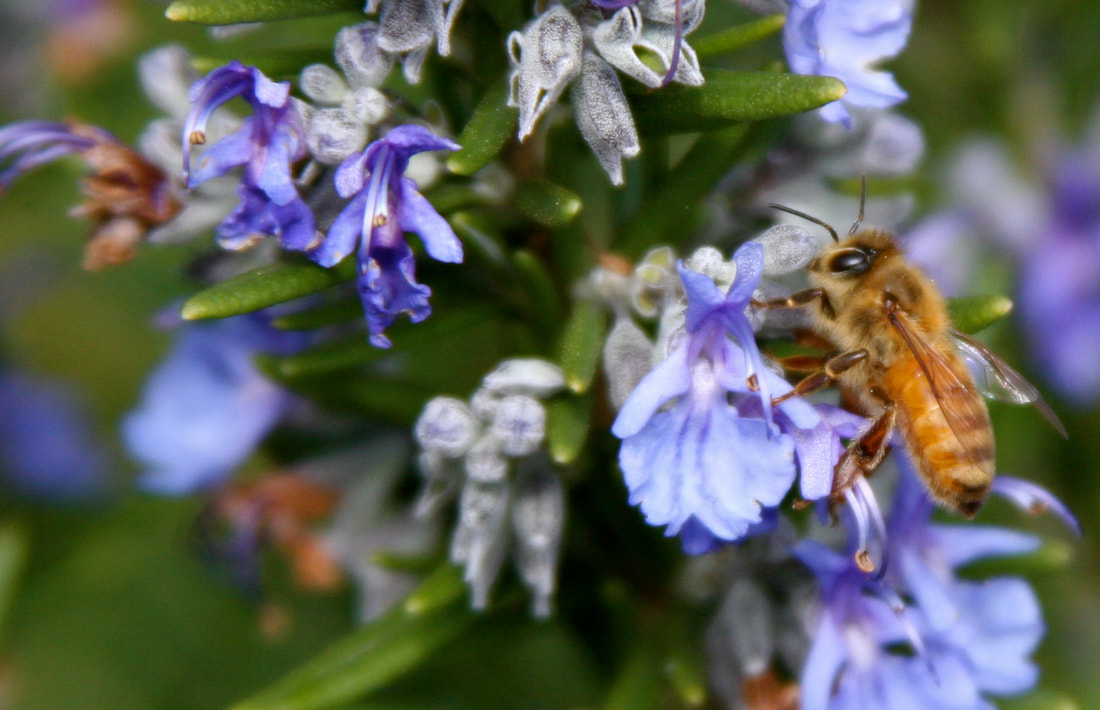
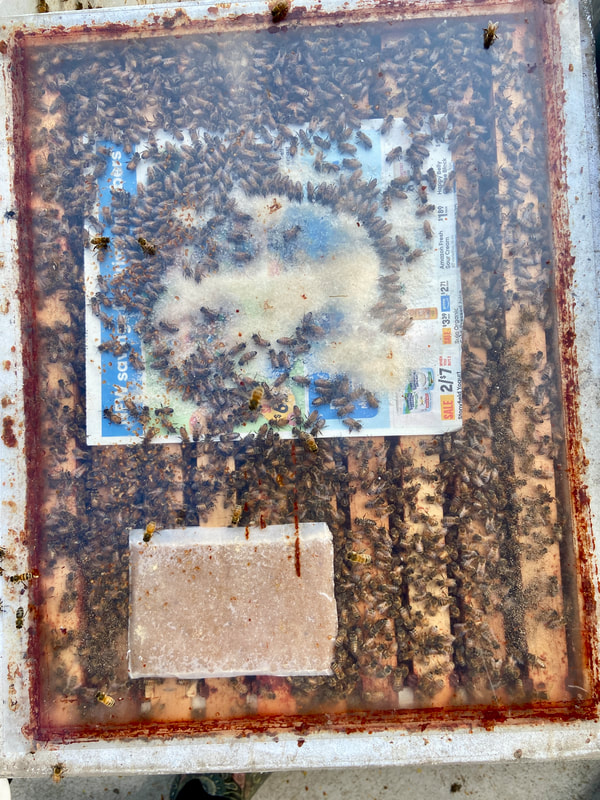
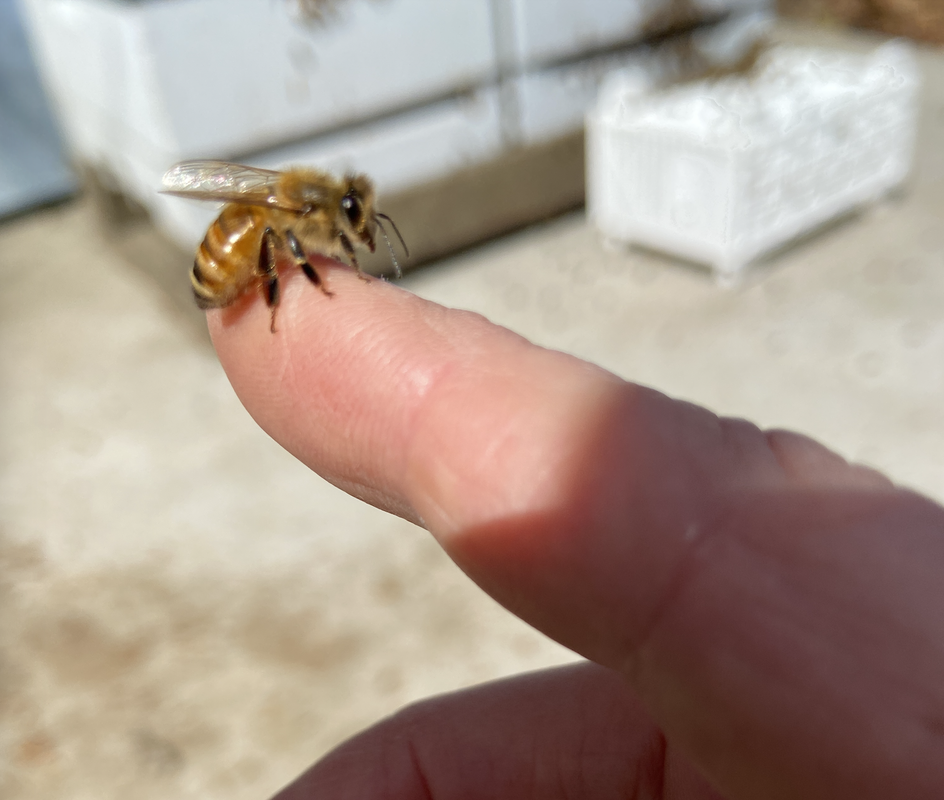
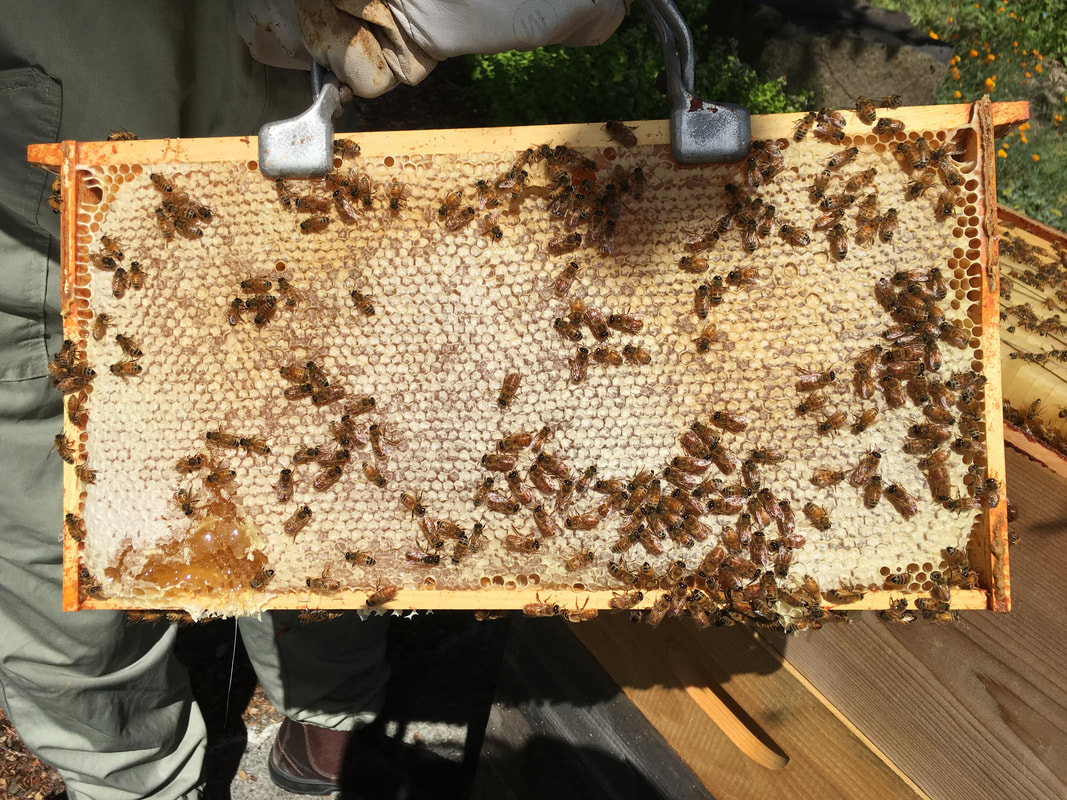
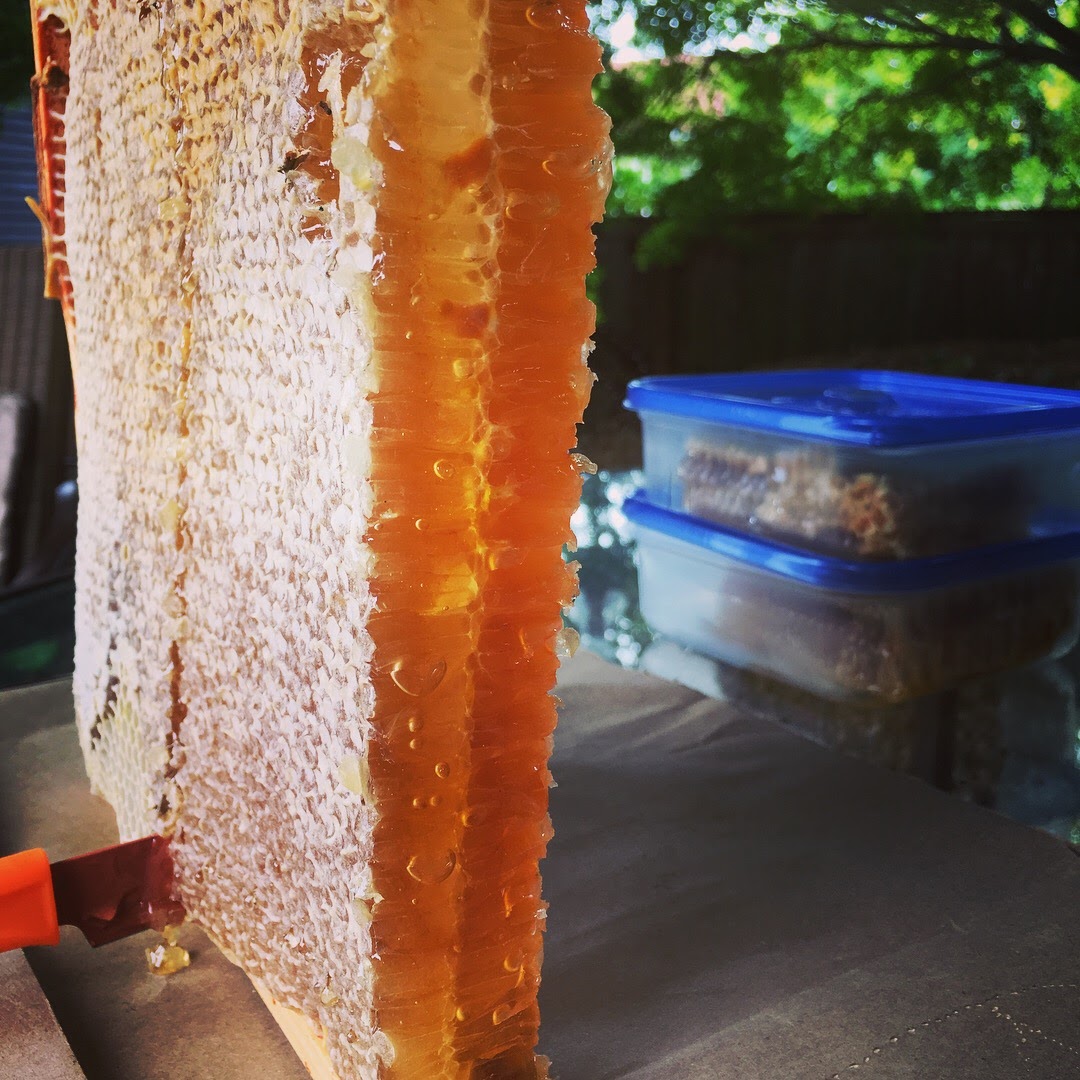


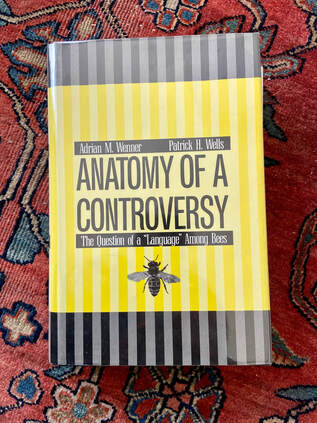



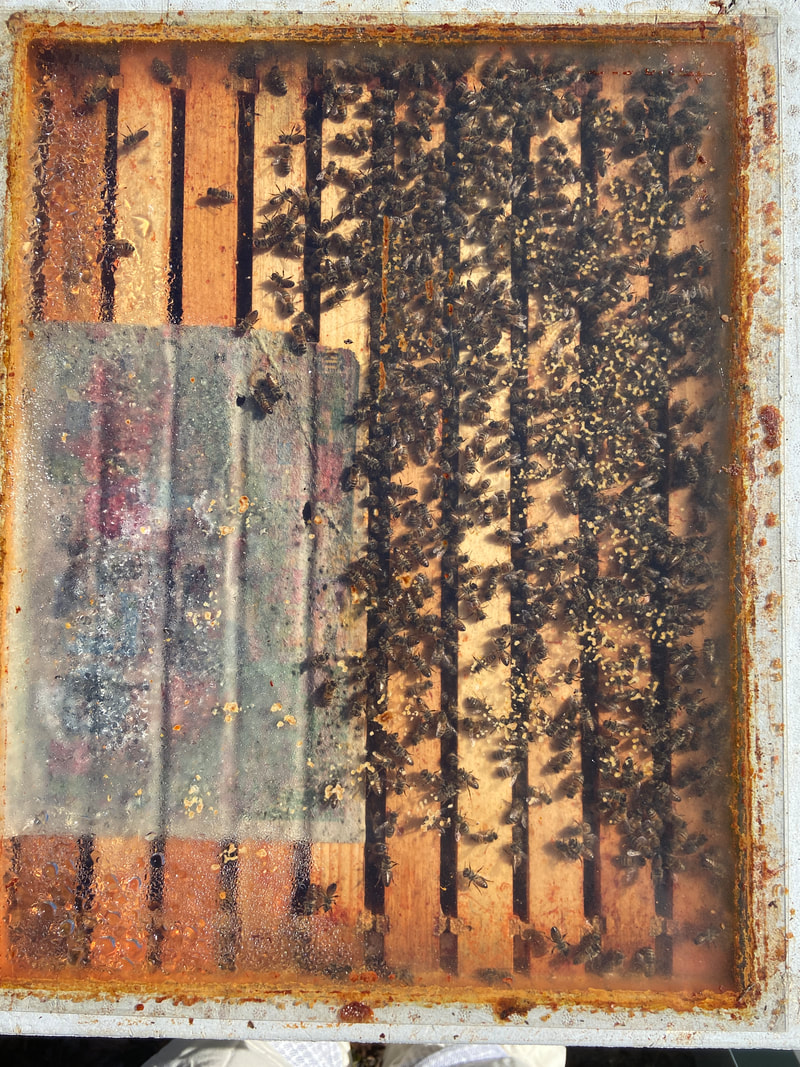
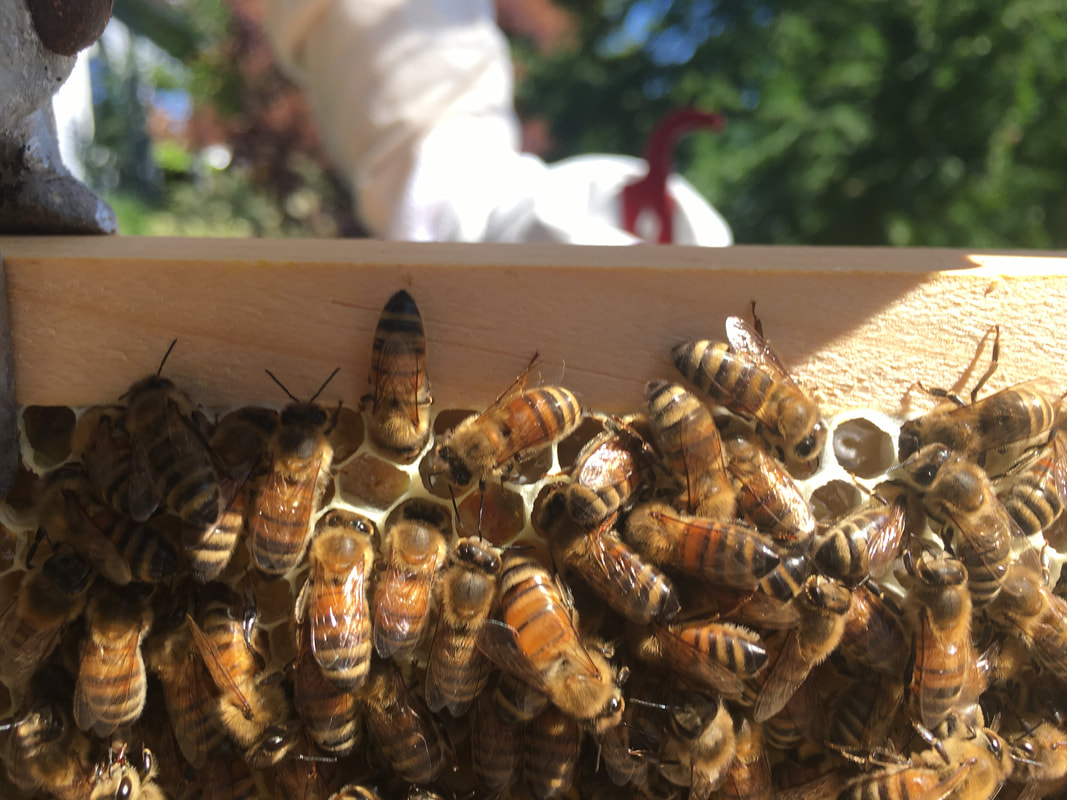
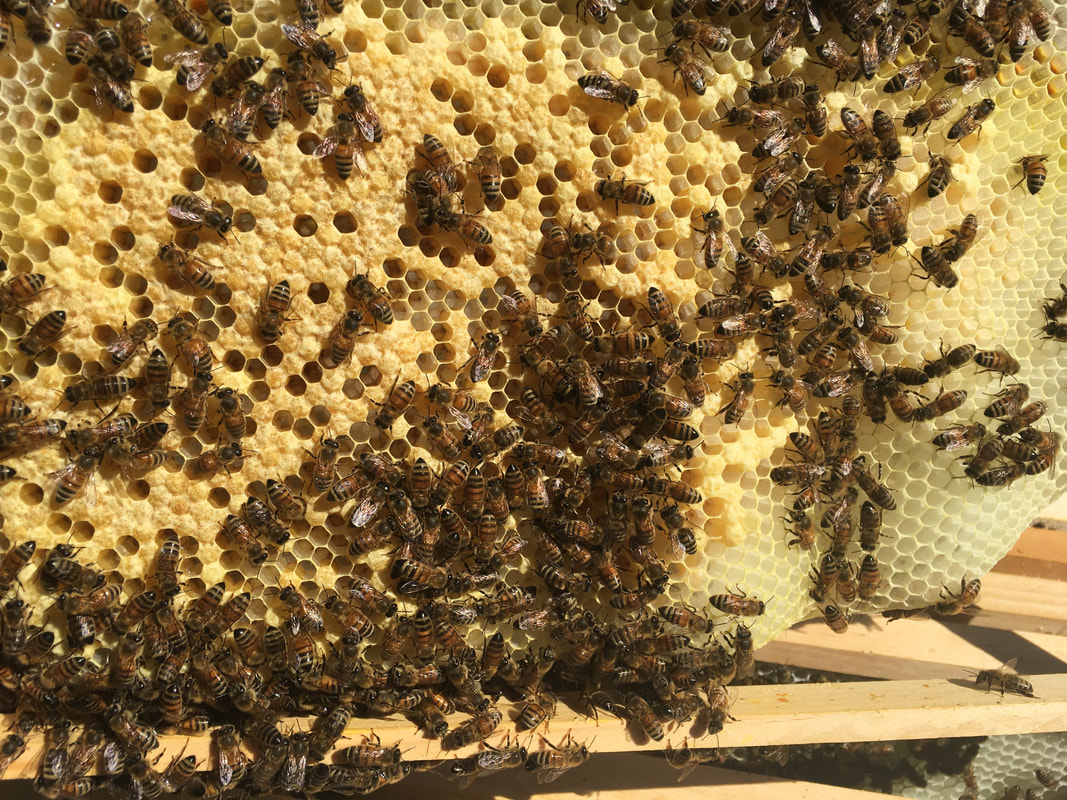
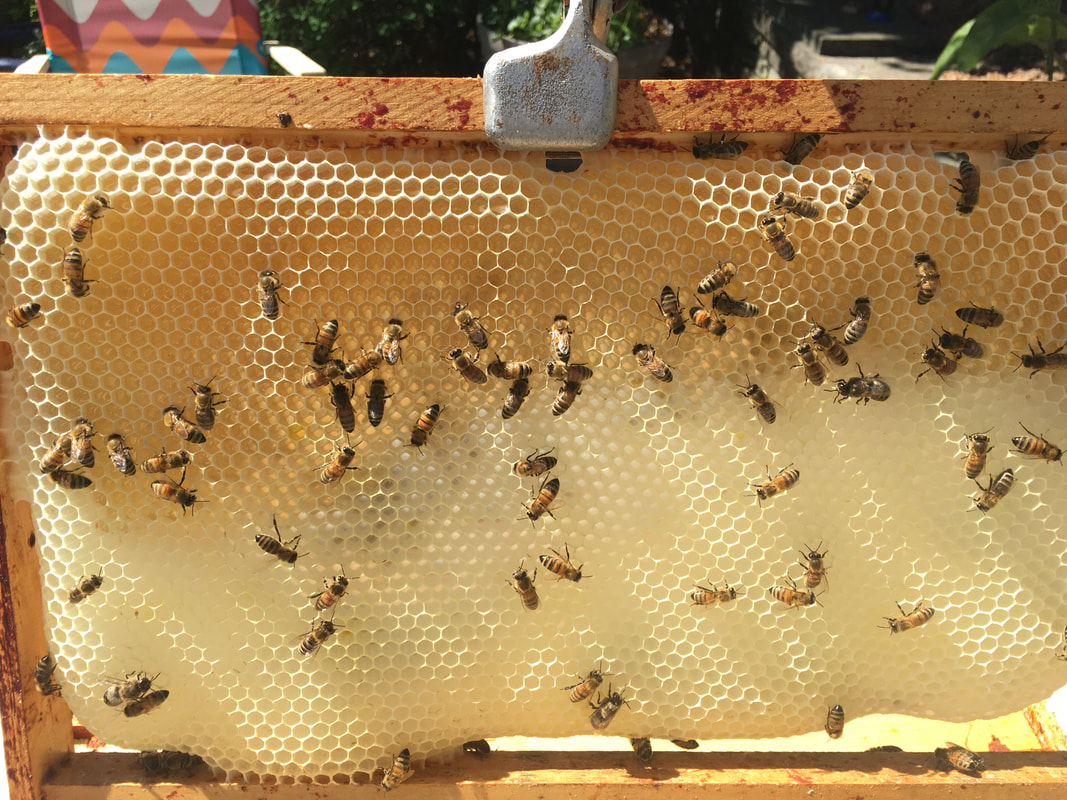
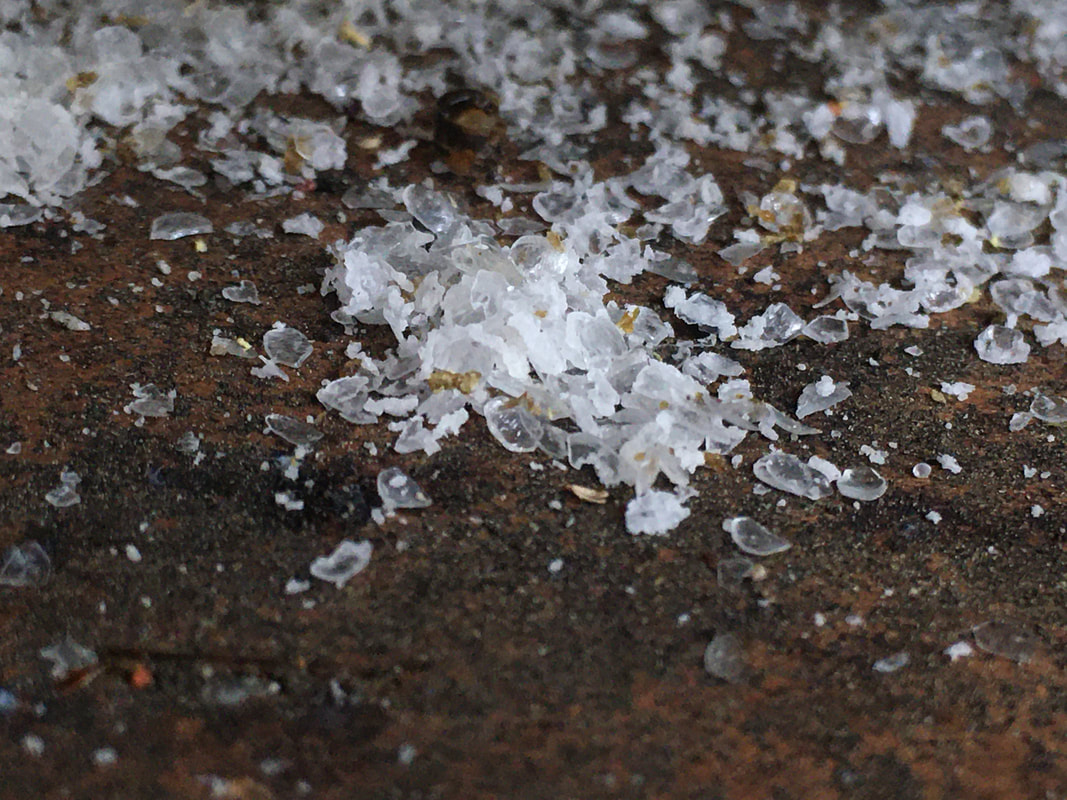
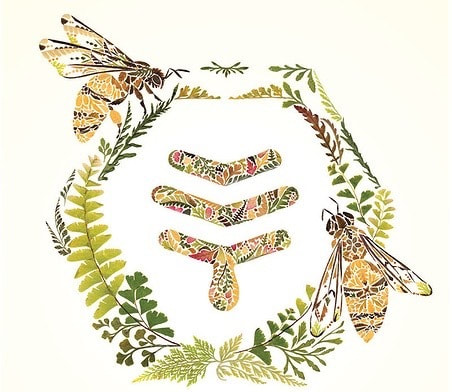
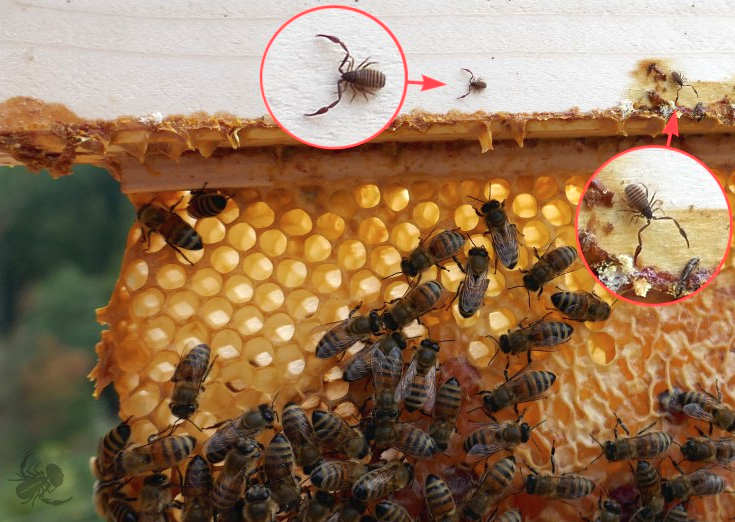
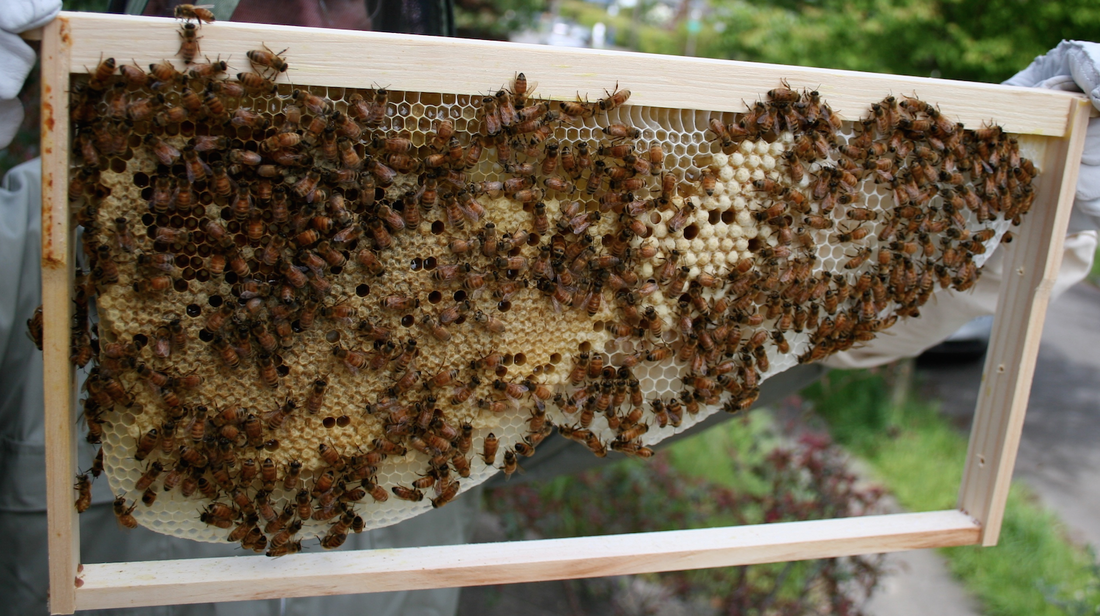

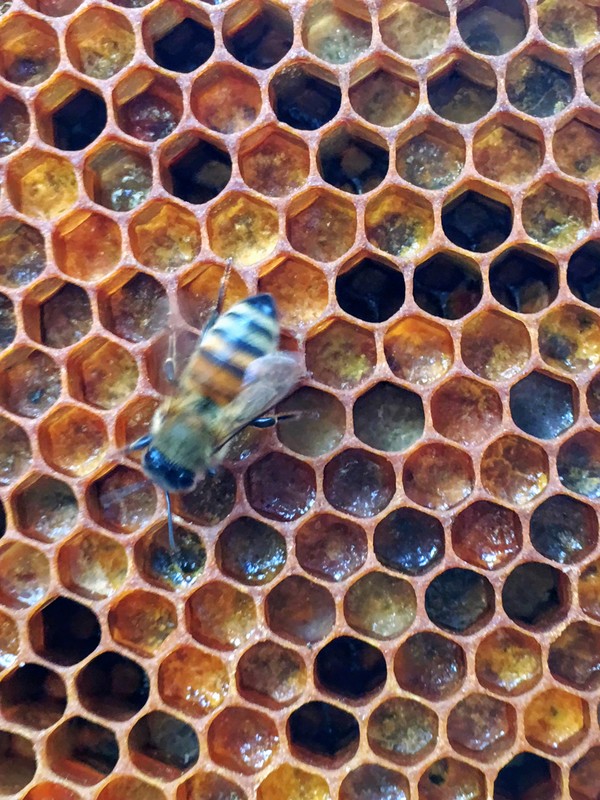

 RSS Feed
RSS Feed
